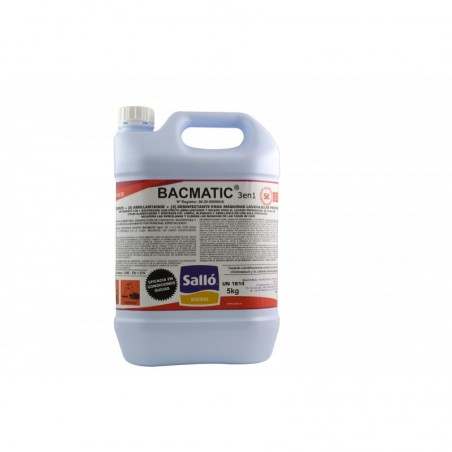So far this year, Spain has seen its price rise from 1.02 €/kg live at the beginning of the year to the all-time record of 1.72 at the end of September - a 69% increase which, although extraordinary, does not seem to be enough considering the special circumstances this year, especially the disproportionate increase in production costs.
As we have mentioned on previous occasions, for us Europeans, this has been a year of shocks. The war in Ukraine has far-reaching, undesirable, and unquantifiable consequences that are not yet fully known. To top it off is the nuclear threat, which is by no means trivial. It is a matter of black and white: either we move forward or it's all over.

European pig production is currently surrounded by confusion, doubts, and uncertainty. Decision-making is influenced and biased by the effects of the war. In spite of everything- paddling upstream and overcoming all kinds of difficulties- we are moving forward. We believe that many farmers and company managers are deserving - with sufficient merit - of the "medal of honor".
For three weeks, the Spanish price has been gliding high in the sky. It will soon start to fall, all the faster the better the environmental conditions are. If the temperature and environment are ideal, pigs will grow very quickly (especially those delayed on the farm by the heat) and in a few weeks, the market will go from having a shortage of live supply to a large surplus.
Spain has had a long and very hot summer. The supply of animals for slaughter has been more limited than ever. Some slaughterhouses have worked only four days a week for quite some time; others have preferred to adapt and slaughter 20 to 25% less each day. The flow of live European pigs for slaughter here has been steady and somewhat higher than in other years. With this shortage over, everyone seems to be eager to work at full throttle. There is no doubt that the slaughter (and cutting) capacity in place is more than enough to absorb all the pigs that may come on the market. For slaughterhouses, the higher slaughter the better in order to dilute production costs.
With purchases from China idling (at present Chinese buyers are sending messages of reluctance and little interest) it is inevitable that the Spanish price must seek to be the most competitive as possible in Europe. It is a question of exporting as much as possible and to do so the slaughterhouse needs to buy at prices at the low end of the European range.
So far this year we have seen how the Spanish price has been taking the lead in Europe, among the group of countries with significant production. France has surpassed us for a few weeks, but the French State plays with marked cards: the VPF label (viande de porc française = pork from French pigs) is a major obstacle to imports of foreign pork and boosts the price of French pork.
The first consequence of Spain having the leading price has been slaughterhouses entering into losses. Rarely have we seen so many weeks in a row with negative margins. 2022 will be a bad year for everyone: for farmers because their costs have risen brutally and shamelessly, for the slaughterhouse because of the poor market conditions (expensive pork purchases, very apathetic international market), and for the processing industry because of its inability to transfer the very significant increases in pork prices in April to its final processed products. Rarely- in the past- has there been a bad year for all the links in the chain.
The confirmation that the South Korean authorities definitively accept the principle of regionalization regarding the effects of ASF is excellent news. Access to this market is giving oxygen to German slaughterhouses, resulting in a more breathable atmosphere throughout the EU. The latest 5 cents increase in carcasses on the German market (September 7) is 100% attributable to the confirmation of the first contracts with Korean customers (after more than two years). This is good news that should make us happy. The sudden and radical drop this past Wednesday (September 28, down 10 cents per kilo in carcass) shows us that even with a below-minimum offer of pigs, the market is more than fatigued.
We believe that the Spanish price will start to decline moderately, but its descent will accelerate as autumn continues. No one knows how far it may fall. It is clear that from now until Christmas there are not enough weeks for the pig price to reach its minimum. We dare say that (unlike in recent years, except in 2020 due to COVID) the minimum price of pork in Mercolleida in the course of 2023 will occur in February or March and not in January. We believe that this minimum price in 2023 could be between 1.30 and 1.35 €/kg live. It is what it is and the global pork market (with the exception of China, absent for now) can't take much more. Let's take note of this number and time will tell if we are right. Let's not argue or get riled up, let's just wait.
We end with a phrase from Marco Tulio Cicerón: “To err is human but only fools continue in their error”.
Guillem Burset







